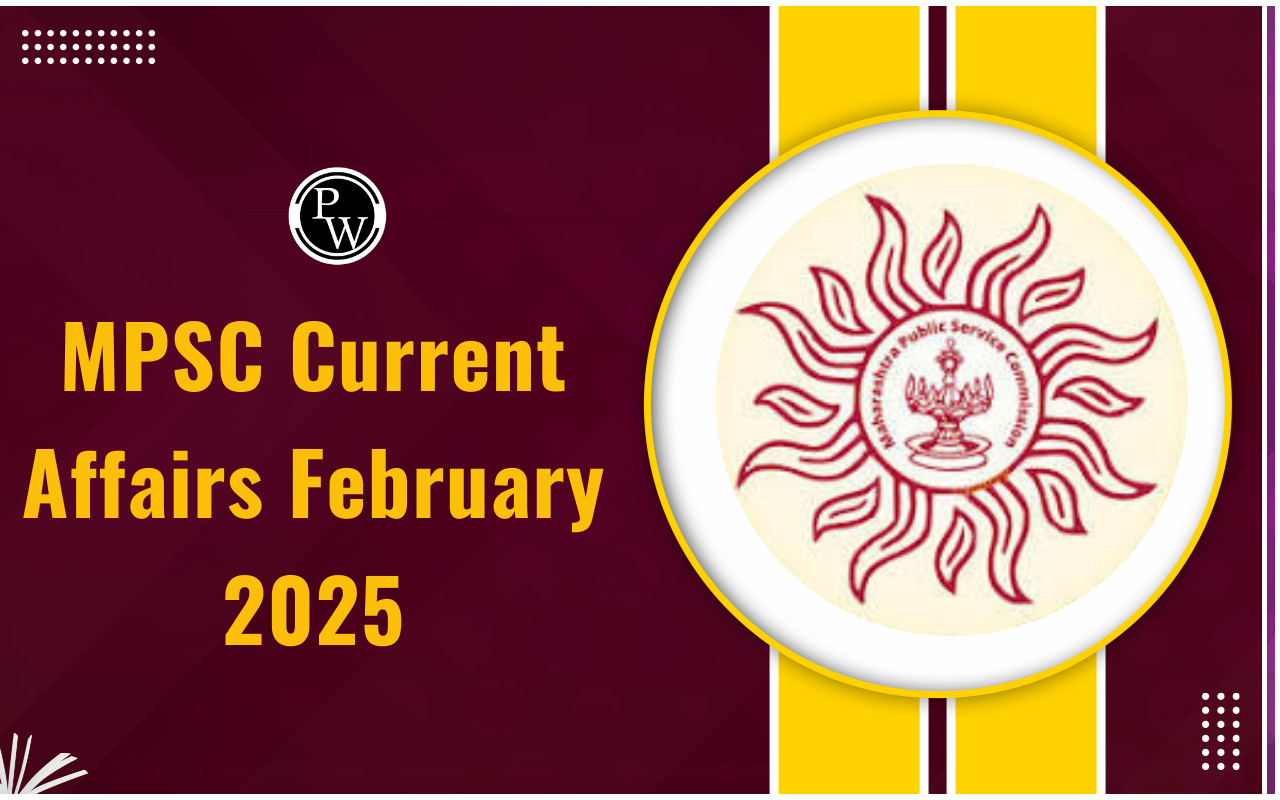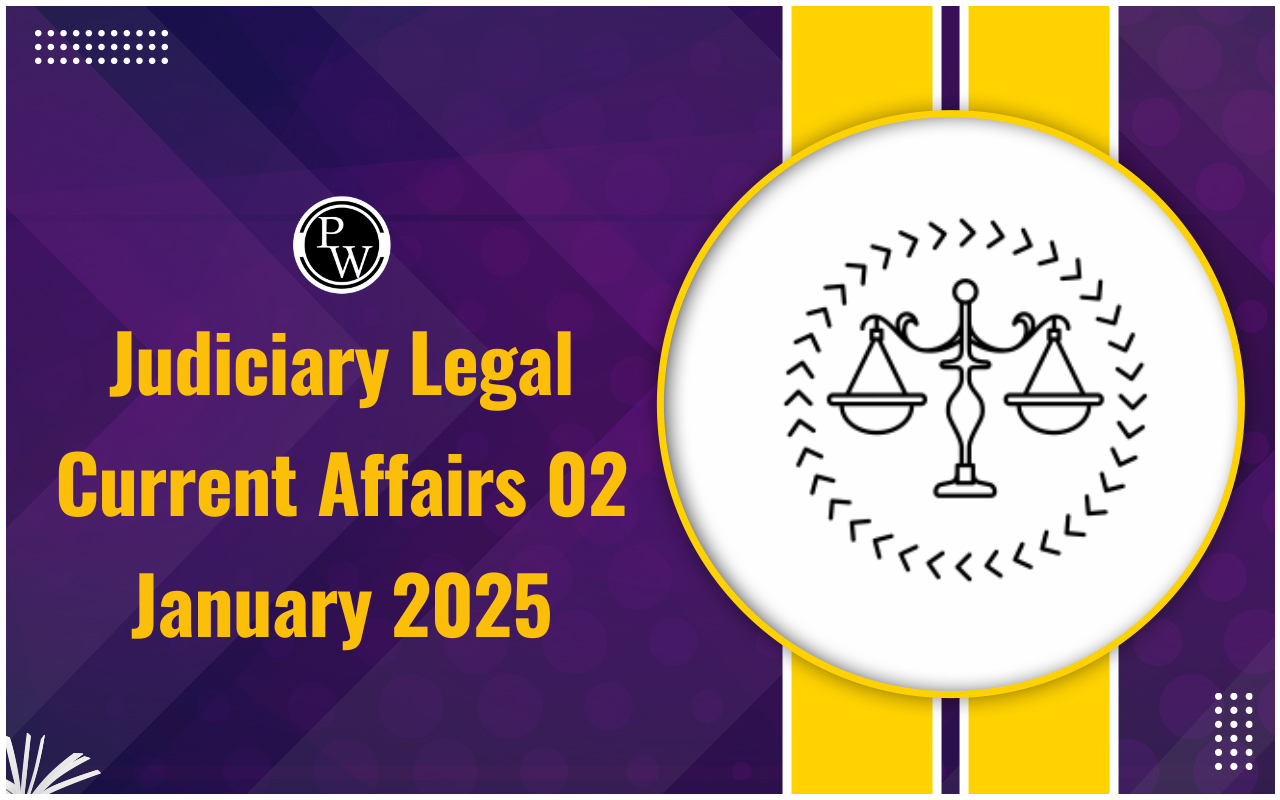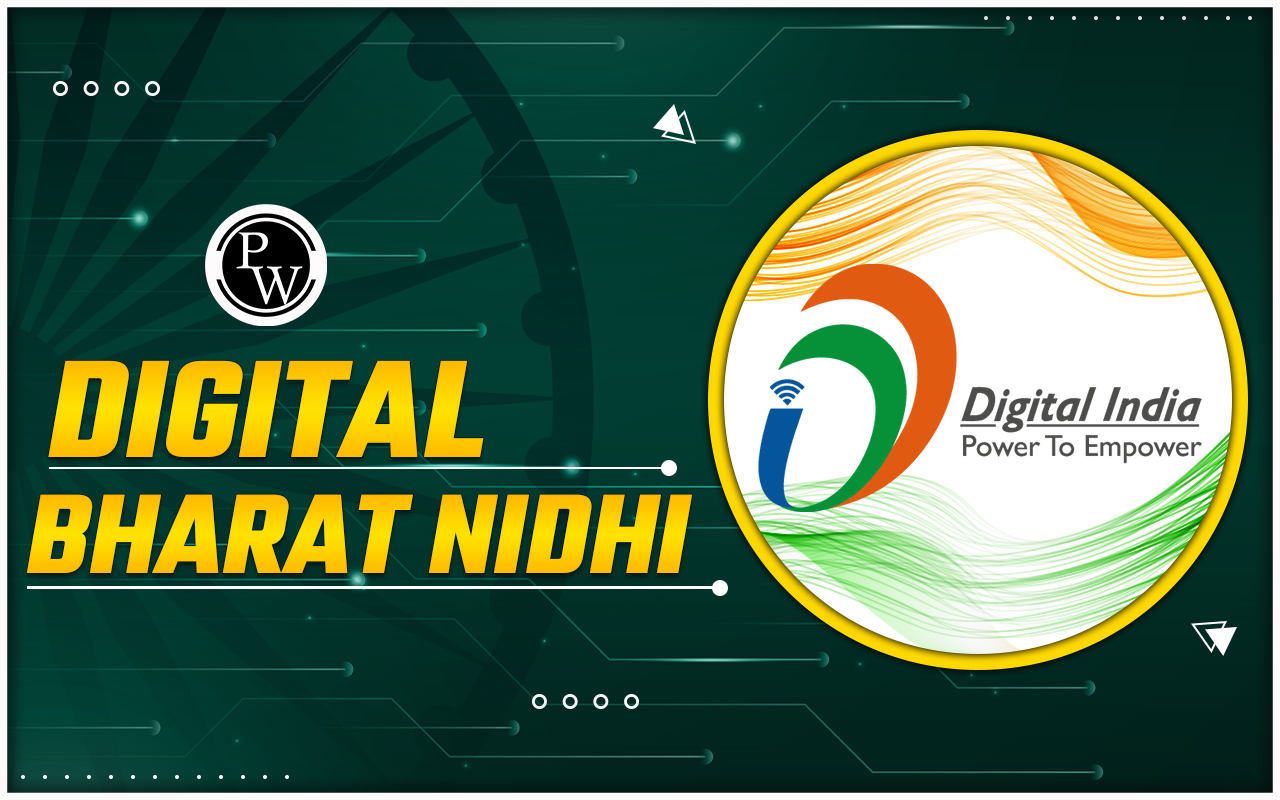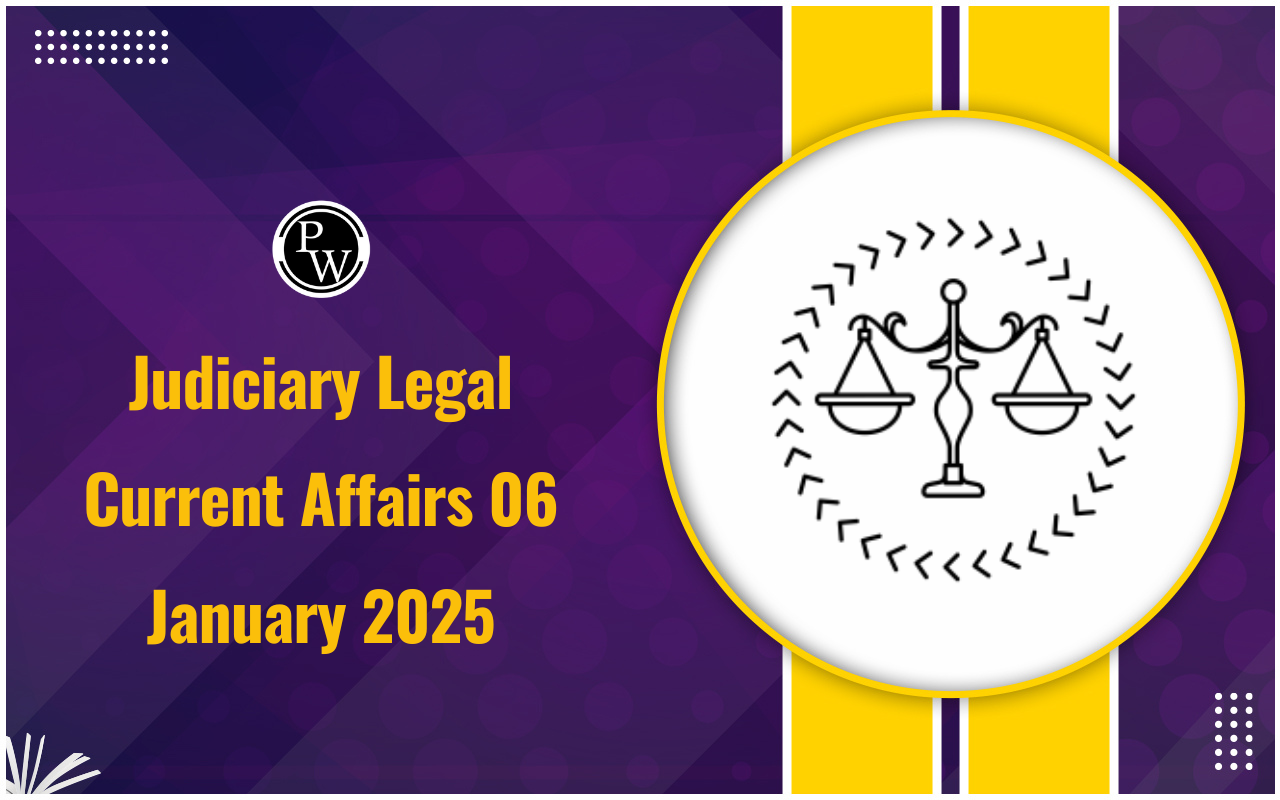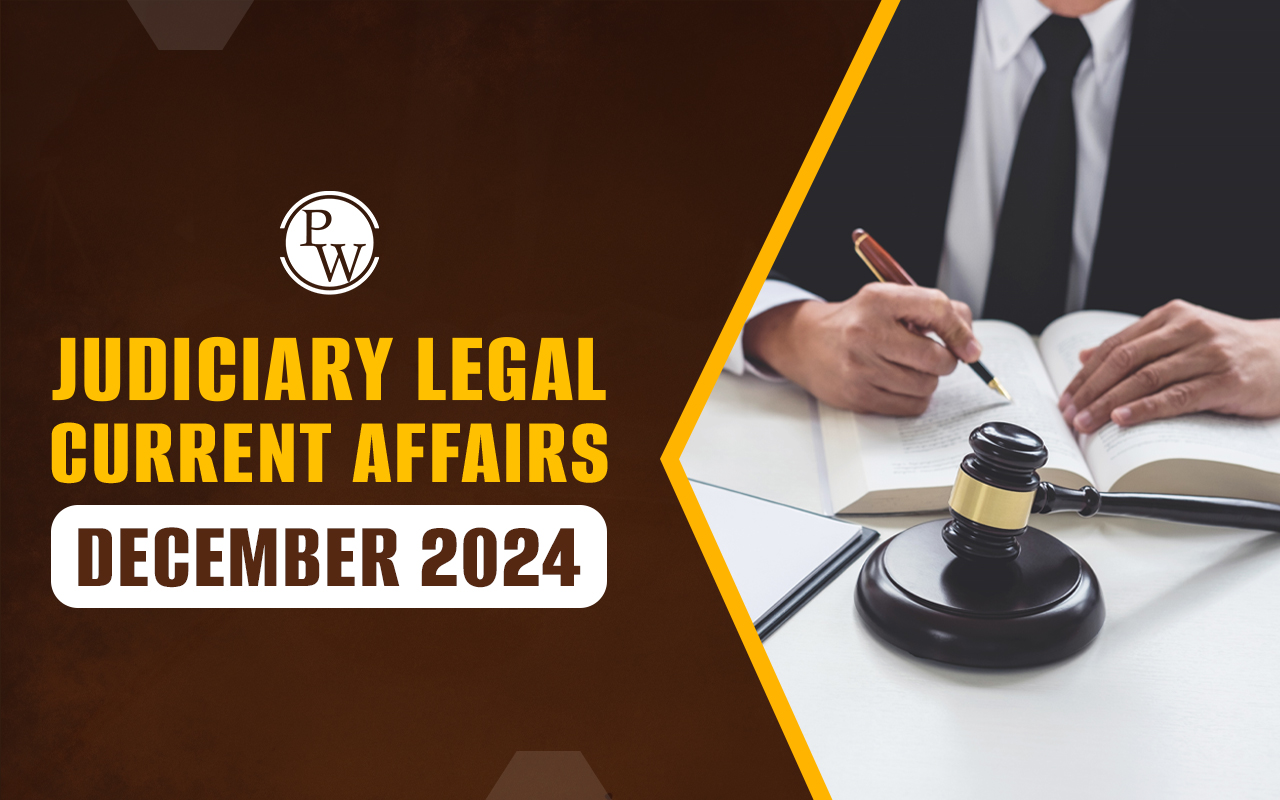
Pallava Dynasty: The Pallava Dynasty thrived in South India from 275 to 897 CE, leaving a lasting impact on religion, philosophy, art, coins, and architecture. They were formidable rulers, often in conflict with the Cholas, Pandyas in the south, and the Chalukyas of Badami in the north. Renowned for their shore temple architecture, the Pallavas, under rulers like Mahendravarman I and Narasimhavarman I, shaped the cultural and artistic landscape of their time in Tondaimandalam.
Pallava Dynasty
The Pallava Dynasty thrived in South India from 275 to 897 CE. Known for their cultural and architectural prowess, they ruled from Kanchipuram and influenced regions from Andhra Pradesh to the River Kaveri. Famous for their Dravidian-style temples like those in Mahabalipuram, the Pallavas also engaged in conflicts with neighboring kingdoms like the Cholas and Chalukyas. Their reign left a lasting impact on South Indian history, marking an era of significant artistic and religious advancements.Pallava Dynasty History
The origins of the Pallava Dynasty are debated among historians. Some suggest they descended from the Parthian people, an Iranian tribe that migrated to South India. Others argue they were indigenous, originating from the Tondaimandalam region near present-day Chennai, possibly formed through a mix of local clans. Another theory links them to a union between a Naga princess from Manipallavam and a Chola prince from Sri Lanka. By the early 4th century AD, the Pallavas emerged as significant rulers, engaging in conflicts with the Chalukyas of Badami and the Pandyas of Madurai for dominance over southern India by the 7th century AD.Pallava Dynasty Founder
The Pallava Dynasty is believed to have been founded by Simha Vishnu, a renowned conqueror and leader. He established Kanchi, known today as Kanchipuram, as the dynasty's capital. Simha Vishnu, also known as Avanisimha, was the son of Simhavarman III and became one of the most celebrated rulers of the Pallava Dynasty, reigning from 556 to 590 CE.Pallava Dynasty Extent
During their peak, the Pallavas ruled from their capital in Kanchipuram, extending their influence from northern Andhra Pradesh to the southern banks of the River Kaveri. Their dominance in the seventh century reduced the Cholas to a minor force. Narasimhavarman, a prominent Pallava ruler, famously defeated the Chalukyas and captured their stronghold at Vatapi (Badami). Additionally, the Pallavas collaborated with the Pandyas and Chalukyas to suppress the Kalabhra rebellion. The Kalabhras were protesting against the extensive land grants (Brahamadeya) issued by Brahmanic rulers to Brahmanas.Pallava Dynasty Rulers
The Pallava Dynasty produced several notable rulers who left a lasting impact on South Indian history.Sivaskanda Varman (4th Century AD)
One of the earliest influential Pallava kings, Sivaskanda Varman ascended to power in the 4th century AD. He is known for his patronage of Vedic rituals like Ashwamedha, which emphasized his authority and religious devotion.Simhavarman/Simhavishnu (575-600 AD)
Simhavishnu, the first prominent king of the Pallava Dynasty, ushered in the "Age of the Imperial Pallavas." He achieved significant victories by overthrowing the Kalabhras and asserting control over the Chola, Pandya, and Chera regions. His reign between the Krishna and Kaveri rivers marked a period of extensive Pallava influence. He was revered as Avanishimha and was visited by the renowned poet Bharavi.Mahendravarman I (600-630 AD)
Following Simhavishnu, Mahendravarman I, his son, was a versatile ruler known for his prowess in politics, warfare, poetry, architecture, music, and religious reforms. He held titles like Mattavilasa and was adeptly skilled as Chitrakarapuli, Vichitrachitta, Gundabhara, and Lalitankura. His rule saw the beginning of a prolonged conflict between the Pallavas and the Chalukyas, notably Pulakesin II, who defeated him in the Battle of Pullalur near Kanchi. To secure peace, Mahendravarman ceded control of northern provinces to Pulakesin II.Narasimhavarman I (630-668 AD)
Narasimhavarman I, often called Mahamalla or Mamalla, ascended as one of the greatest Pallava rulers, further enhancing the dynasty's prestige. He continued the Pallava-Chalukya conflict initiated by his father. Seeking revenge for his father's defeat, Narasimhavarman I decisively defeated Pulakesin II in multiple battles, including the significant victory at Manimangalam near Kanchi in 642 CE. His conquest of Vatapi (Badami) earned him the title Vatapikonda, symbolizing his military prowess and dominance. These rulers not only expanded Pallava territory but also fostered cultural and architectural advancements that left a lasting legacy in South India's history. Their strategic alliances and military campaigns against rival kingdoms shaped the political landscape of their time.Pallava Dynasty Architecture
The Pallava Dynasty is celebrated for its patronage of Dravidian-style architecture, notably transitioning from rock-cut structures to enduring stone temples like those in Mahabalipuram. Their rule laid the foundation for traditional Dravidian architectural principles, leaving behind remarkable sculptures and majestic shrines that stand to this day. According to Chinese traveler Hiuen Tsang, Bodhidharma, credited with founding the Chan (Zen) school of Buddhism in China, was believed to be a Pallava prince during the reigns of Skandavarman. He was the son of Simhavarman II and a contemporary of Skandavarman IV and Nandivarman I. Hiuen Tsang's accounts from his visit to Kanchipuram during the Pallava era highlight their benevolent governance. Narasimhavarman II is credited with constructing notable temples such as the Beach Temple and Kailasanatha Temple in Kanchipuram. Among them, Kailasanatha and Vaikuntaperumal Temples stand out for their architectural excellence. Vaikuntaperumal Temple, built in the 8th century AD, showcases intricate sculptures depicting Pallava history across its multiple stories.Pallava Dynasty Major Literary Work
During the Pallava Dynasty, education thrived with Kanchi as a renowned hub of learning. The Ghatika in Kanchi attracted students from across India and beyond. Mayurasarman, founder of the Kadamba dynasty, studied the Vedas here, while Buddhist scholar Dinganaga also visited to deepen his knowledge. Dharmapala, later head of Nalanda University, was born and educated in Kanchi. Under Simhavishnu, Sanskrit scholar Bharavi flourished, and Narasimhavarman II hosted Dandin, another esteemed Sanskrit author. Mahendravarman I wrote the Sanskrit play Mattavilasa Prahasana, while Tamil literature also advanced during this era. Dance and music thrived, with Tamil saints expressing devotion through music and dance, accompanying religious chants and songs.Pallava Dynasty Religion
Pallava Dynasty embraced Shaivism as their predominant religion, evolving as Dravidians. Originally considered Brahma Kshatriyas, they later identified as Kshatriyas from Tamil Nadu’s Kuruba or Kurumbar by the 5th century AD, upholding Sanatana Dharma. Some rulers performed Vedic rituals like Aswamedha sacrifices and granted lands to gods and Brahmins. Mahendravarman I initially followed Jainism, possibly influenced by his father, before converting to Shaivism under the guidance of the Shaiva master Appar. The dynasty declined with the rise of the Rashtrakutas, and in 897 AD, Chola King Vijayalaya defeated the last Pallava monarch, Aparajitavarman, marking the end of their rule.Pallava Dynasty Decline
Pallava Dynasty's decline began with Vikramaditya II's attack on Kanchi, marking the start of their downfall in South India. They faced assaults from the Gangas, Rashtrakutas, and Pandyas. Dantidurga of the Rashtrakuta Kingdom defeated Nandivarman, who offered his daughter's hand in marriage to Dantidurga to maintain unity. By the late 9th century CE, Pallava influence waned. Notable rulers like Dantivarman (795–846 CE), Nandivarman III (846–869 CE), and Nripatunga (869–899 CE) tried to sustain the dynasty. Aparajitavarman was the last Pallava king, reigning until 903 CE when Chola King Aditya I defeated him, ending Pallava rule in South India.Pallava Dynasty FAQs
What is the Pallava Dynasty?
The Pallava Dynasty was a powerful ruling family in South India from 275 to 897 CE, known for their contributions to art, architecture, and religion.
Who founded the Pallava Dynasty?
The Pallava Dynasty was founded by Simha Vishnu, who established Kanchipuram as its capital around 556 CE.
What were the major achievements of the Pallava Dynasty?
The Pallavas excelled in Dravidian architecture, especially known for their stone temples like those in Mahabalipuram. They also played a significant role in shaping South Indian culture and history.
Which rulers were notable during the Pallava Dynasty?
Prominent Pallava rulers include Simhavishnu, Mahendravarman I, and Narasimhavarman I, who expanded Pallava territory and patronized art and literature.
What led to the decline of the Pallava Dynasty?
The Pallava Dynasty declined due to invasions by rival kingdoms like the Rashtrakutas and internal conflicts, leading to their ultimate defeat by the Chola King Aditya I in 903 CE.
🔥 Trending Blogs
Talk to a counsellorHave doubts? Our support team will be happy to assist you!

Check out these Related Articles
Free Learning Resources
PW Books
Notes (Class 10-12)
PW Study Materials
Notes (Class 6-9)
Ncert Solutions
Govt Exams
Class 6th to 12th Online Courses
Govt Job Exams Courses
UPSC Coaching
Defence Exam Coaching
Gate Exam Coaching
Other Exams
Know about Physics Wallah
Physics Wallah is an Indian edtech platform that provides accessible & comprehensive learning experiences to students from Class 6th to postgraduate level. We also provide extensive NCERT solutions, sample paper, NEET, JEE Mains, BITSAT previous year papers & more such resources to students. Physics Wallah also caters to over 3.5 million registered students and over 78 lakh+ Youtube subscribers with 4.8 rating on its app.
We Stand Out because
We provide students with intensive courses with India’s qualified & experienced faculties & mentors. PW strives to make the learning experience comprehensive and accessible for students of all sections of society. We believe in empowering every single student who couldn't dream of a good career in engineering and medical field earlier.
Our Key Focus Areas
Physics Wallah's main focus is to make the learning experience as economical as possible for all students. With our affordable courses like Lakshya, Udaan and Arjuna and many others, we have been able to provide a platform for lakhs of aspirants. From providing Chemistry, Maths, Physics formula to giving e-books of eminent authors like RD Sharma, RS Aggarwal and Lakhmir Singh, PW focuses on every single student's need for preparation.
What Makes Us Different
Physics Wallah strives to develop a comprehensive pedagogical structure for students, where they get a state-of-the-art learning experience with study material and resources. Apart from catering students preparing for JEE Mains and NEET, PW also provides study material for each state board like Uttar Pradesh, Bihar, and others
Copyright © 2025 Physicswallah Limited All rights reserved.
Get App
